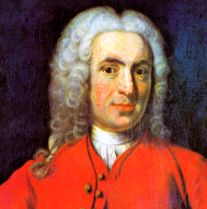
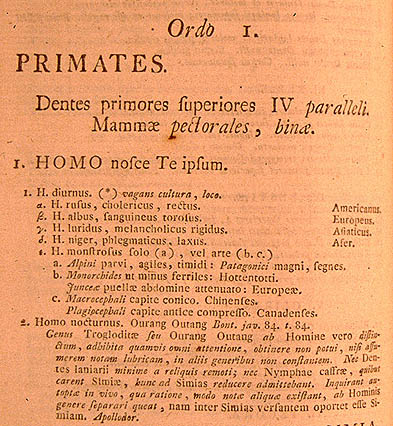
A good overview can be found on http://www.umcp.berkeley.edu/history/evotheory.html
| The great Chain of Beings. Linear order of species (from simple to complex). Influental to this day when people think of "higher" and "lower" species. Static system and laid down at creation. |


| Hierarchical classification (also type specimen system, binomial nomenclature) was presented as disclosing the true (static) order of nature as laid down at creation. Read more at http://www.linnean.org/html/history/index.htm. |
 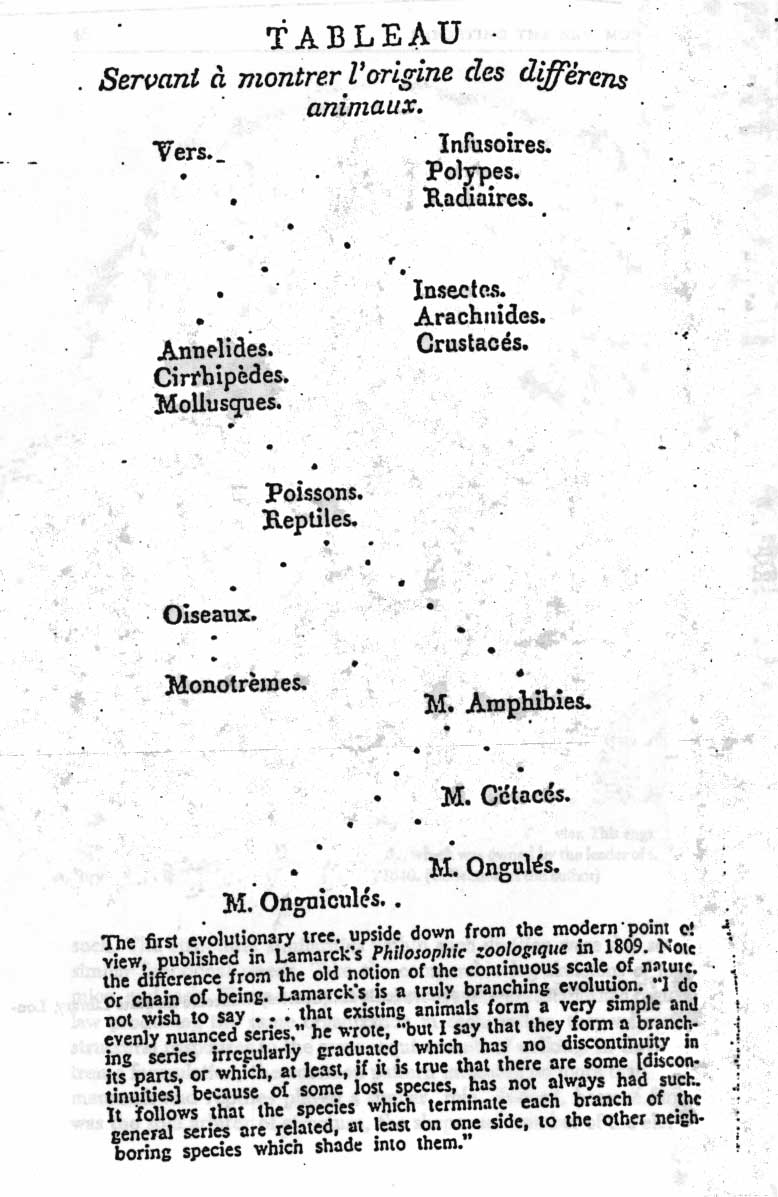
| Lamarck worked mostly on invertebrates. He developed a dynamic system, in which organism evolve from simple to complex through a mechanism of use and disuse. Organisms pass on aquired traits to their offspring. The latter believe was a common thought at that time. Lamarck's Ideas conflicted with the views of established scientists, e.g. Georges Cuvier, who founded vertebrate paleontology as a scientific discipline and created the comparative method of organismal biology, did not believe in organismic evolution. |
 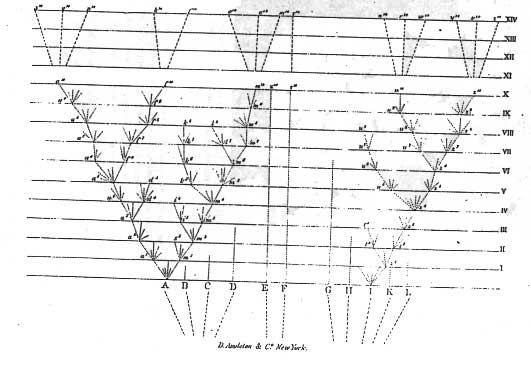
Published the Origin of Species 1859, emphasising selection as the agent of evolutionary change. Some of Darwin's books can be read onthe web at http://www.literature.org/authors/darwin-charles/. The idea of Natural Selection was although developed by Alfred Russel Wallace(1858), and (less known) by Patrick Matthew(1831).
|

|
Did large scale experiments on plant hybrids and came up with a new interpretation of the mode of inheritence that was different from "Blending". His results publsihed in 1866 were not used for some 30 years. His papers/work were rediscovered in 1900 independently by Karl Correns, Hugo de Vries and Erich von Tschermak. More information on the web : http://hermes.astro.washington.edu/mirrors/MendelWeb/homepage.html |
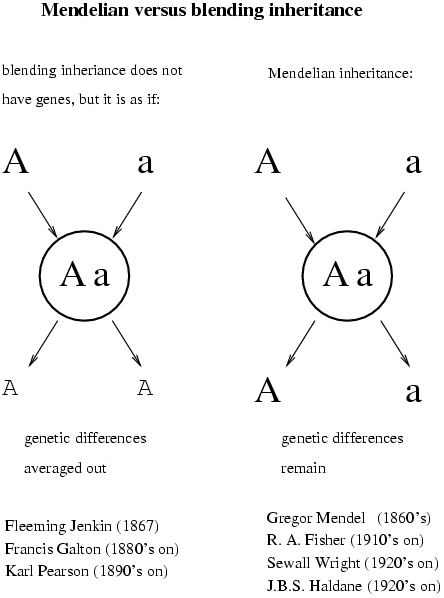 |
|
1880 Auguste Weismann postulates that germ line cells create
sex cells and somatic cells, and that during the life time of an
indiviudal the soma cannot affect its sex cells.
|
|